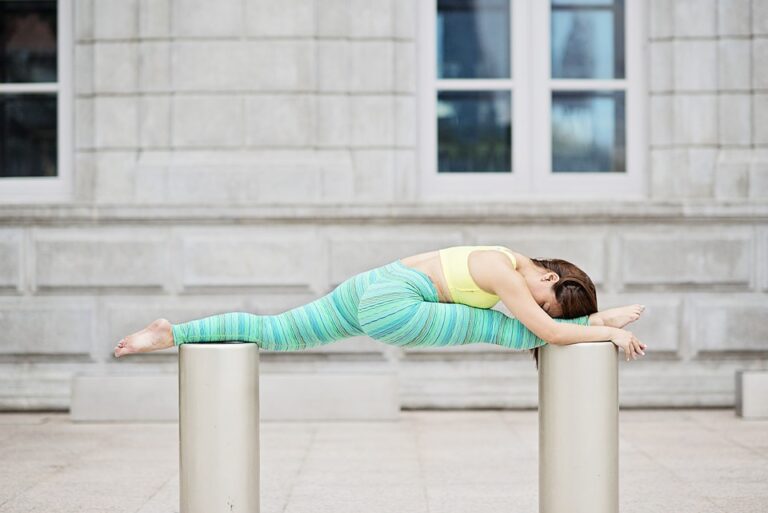
[ad_1]
Unlocking the Benefits of Flexibility Training: How to Stay Motivated
Flexibility training is an important component of overall fitness and has numerous benefits for your physical and mental well-being. However, staying motivated to incorporate flexibility exercises into your routine can be challenging. In this article, we’ll explore the benefits of flexibility training, provide real-life examples, and offer tips on how to stay motivated to make flexibility training a regular part of your fitness regimen.
The Benefits of Flexibility Training
Flexibility training, also known as stretching or mobility training, can help improve your range of motion, enhance muscle coordination, and reduce the risk of injury during physical activities. Additionally, flexibility exercises can help alleviate muscle tension, improve posture, and aid in relaxation. By incorporating flexibility training into your workout routine, you can improve your overall physical performance and enhance your quality of life.
To illustrate the benefits of flexibility training, let’s consider the example of a marathon runner. By regularly performing stretches and mobility exercises, the runner can improve their flexibility and range of motion, which can help prevent muscle strain and injury during long-distance runs. This can lead to improved performance and a reduced risk of developing chronic conditions related to repetitive stress on the body.
Staying Motivated for Flexibility Training
Despite the numerous benefits of flexibility training, it can be difficult to stay motivated to incorporate these exercises into your fitness routine. To stay motivated, it’s important to set achievable goals, vary your flexibility exercises, and find activities that you enjoy. For example, if you find traditional stretching exercises boring, you can explore alternative options such as yoga, pilates, or dance-based flexibility classes.
Another effective way to stay motivated for flexibility training is by incorporating it into your daily activities. For example, you can perform stretching exercises while watching TV, reading a book, or even during work breaks. By making flexibility training a seamless part of your daily routine, you’ll be more likely to stick with it and enjoy the benefits over time.
Real-Life Examples of Successful Flexibility Training
Let’s look at the real-life example of John, a desk-bound office worker who struggled with back pain due to poor posture and lack of flexibility. After incorporating regular yoga sessions into his weekly routine, John noticed a significant improvement in his flexibility, reduced back pain, and increased energy levels. By staying committed to his yoga practice, John was able to reap the benefits of flexibility training and improve his overall well-being.
Conclusion
Flexibility training offers numerous benefits for your physical and mental well-being, including improved range of motion, reduced risk of injury, and enhanced relaxation. By staying motivated and incorporating flexibility exercises into your daily routine, you can experience the positive impact of flexibility training on your overall fitness journey. Remember to set achievable goals, vary your flexibility exercises, and find activities that bring enjoyment to your practice. With dedication and consistency, flexibility training can become an essential part of your fitness regimen, leading to improved health and well-being.
FAQs
Q: How often should I incorporate flexibility training into my fitness routine?
A: Ideally, you should aim to incorporate flexibility exercises into your routine at least 2-3 times a week, with 10-15 minutes of stretching per session.
Q: Can flexibility training help with muscle soreness?
A: Yes, regular flexibility training can help alleviate muscle soreness and tension by improving blood circulation and reducing muscle tightness.
[ad_2]